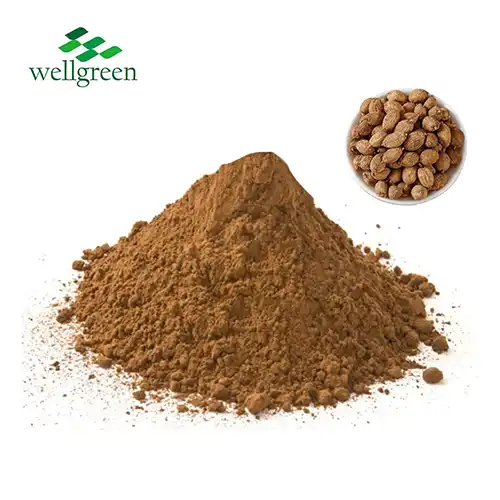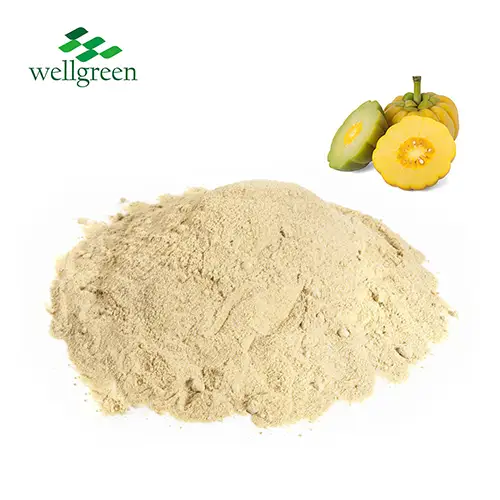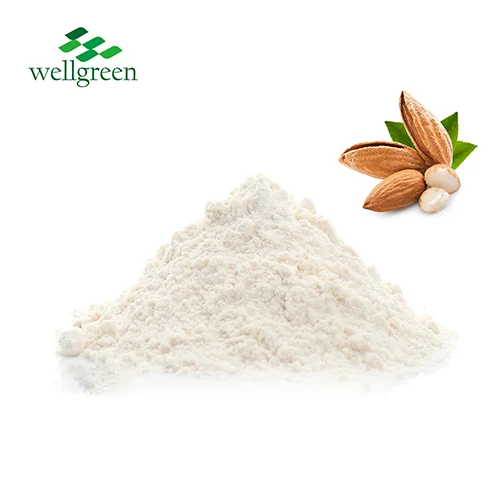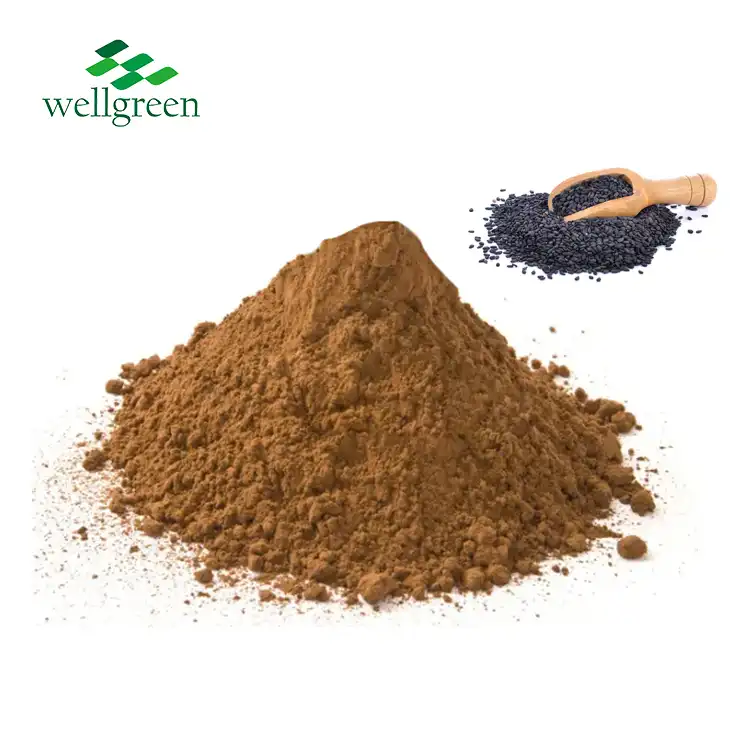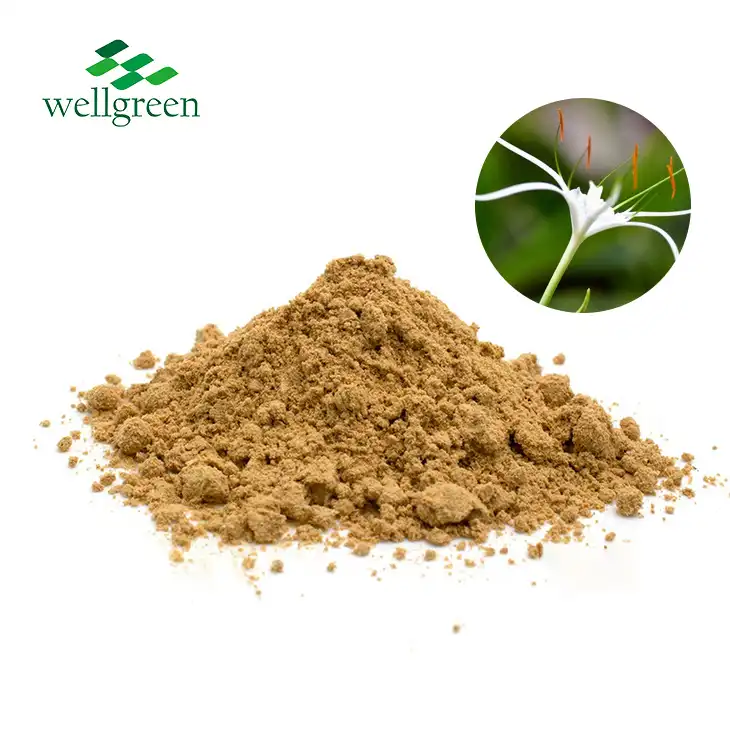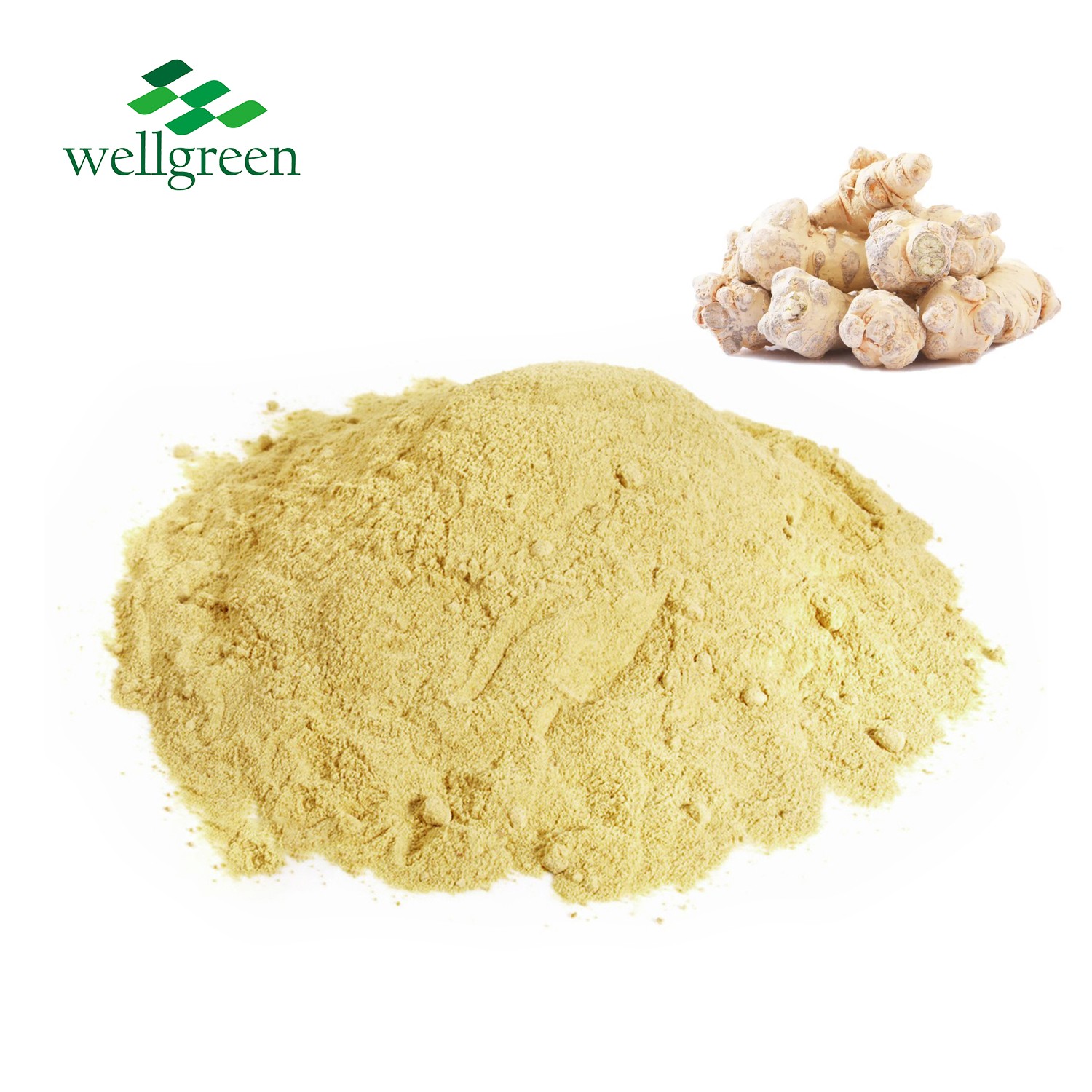How to make asparagus powder?
2024-08-20 14:20:43
Creating asparagus powder at home is a fantastic way to preserve the nutrient-rich benefits of asparagus in a convenient, easy-to-use form. Below, I'll guide you through the process of making asparagus extract powder, ensuring you have a high-quality product that can be used in various culinary applications.
Selecting and Preparing Fresh Asparagus
 When making asparagus powder, the first and most crucial step is selecting the right asparagus. The quality of the final product heavily depends on the freshness and condition of the asparagus you use. Here are some detailed guidelines to help you choose and prepare asparagus for the best results.
When making asparagus powder, the first and most crucial step is selecting the right asparagus. The quality of the final product heavily depends on the freshness and condition of the asparagus you use. Here are some detailed guidelines to help you choose and prepare asparagus for the best results.
♦ Selecting Fresh Asparagus
- Firm Stalks and Tight Tips: Look for asparagus with firm stalks and tight tips. Fresh asparagus should snap when bent and should not be limp or mushy. The tips should be closed and compact, without any signs of flowering or spreading. This indicates that the asparagus is fresh and hasn't started to age.
- Bright Color: Fresh asparagus typically has a vibrant green color. Some varieties might have a purplish tint at the tips or a white color for white asparagus, which is grown without sunlight. Avoid asparagus that appears dull or yellowish, as this can be a sign of age or improper storage.
- Smooth Texture: The stalks should have a smooth texture without any shriveled or dry spots. Wrinkles or a shriveled appearance suggest that the asparagus is past its prime and might not yield a good powder.
- Fresh Smell: Fresh asparagus should have a clean, fresh smell. Avoid any stalks that have a strong, unpleasant odor, as this can indicate spoilage.
♦ Preparing Asparagus for Drying
- Washing: Once you have selected your asparagus, wash it thoroughly under cold running water to remove any dirt, pesticides, or other residues. Gently rub the stalks with your fingers to ensure that all surfaces are clean. It's important to use cold water as it helps maintain the asparagus's crispness and freshness, especially when preparing Asparagus extract powder.
- Trimming: After washing, trim off the woody ends of the stalks. The bottom inch or two of the asparagus stalk is often tough and fibrous. These parts won't break down properly during the drying process and can affect the texture of your powder. To trim, simply bend the asparagus until it snaps naturally or cut off the ends with a sharp knife.
- Peeling: For thicker asparagus stalks, consider using a vegetable peeler to remove the tough outer skin. This step is optional but can help achieve a finer powder. The outer layer of thicker stalks can be quite fibrous and may not dehydrate evenly, leading to a coarser texture in the final product.
- Cutting: Cut the asparagus into smaller pieces, approximately 1-2 inches in length. Uniformly sized pieces ensure that the asparagus dehydrates evenly and at the same rate. This uniformity is crucial for achieving a consistent and high-quality powder. Smaller pieces also dry faster and more thoroughly, reducing the risk of any remaining moisture that could affect the powder's shelf life.
Drying the Asparagus
Drying is the most critical step in making asparagus powder. Properly dried asparagus ensures a long shelf life and prevents mold growth, making it essential to follow the drying process meticulously. There are several methods you can use to dry asparagus, but using a food dehydrator is the most efficient and reliable method. If you don't have a food dehydrator, an oven can be used as an alternative. Here’s a detailed guide on how to dry asparagus using both methods.
♦ Using a Food Dehydrator
- Preparation: Begin by placing the prepared asparagus pieces on the dehydrator trays in a single layer. It’s important to ensure that the pieces are not overlapping and that there is adequate space between them. This spacing allows for proper air circulation, which is crucial for even drying.
- Setting the Temperature: Set the dehydrator to a temperature of around 125°F (52°C). This temperature is optimal for drying vegetables, as it helps to remove moisture efficiently without cooking the asparagus.
- Drying Time: Dry the asparagus for 8-12 hours to achieve optimal results. The exact drying time can vary based on the thickness of the asparagus pieces and the humidity levels in your environment. Thicker pieces, such as those used for Asparagus extract powder, will take longer to dry, and high humidity can also extend the drying time. Check the asparagus periodically to ensure they are drying evenly. Rotate the trays if necessary to promote uniform drying.
- Checking for Doneness: You’ll know the asparagus is fully dried when it is brittle and snaps easily. If the pieces are still flexible or bendable, they need more drying time. Properly dried asparagus should have no remaining moisture content to ensure a long shelf life.
♦ Using an Oven
- Preparation: If you don’t have a food dehydrator, you can use your oven to dry asparagus. Start by spreading the asparagus pieces on a baking sheet lined with parchment paper. Similar to the dehydrator method, ensure the pieces are in a single layer with space between them for air circulation.
- Setting the Temperature: Set your oven to the lowest possible temperature, ideally around 150°F (65°C). If your oven doesn’t go that low, you can use the warm setting. Propping the oven door open slightly with a wooden spoon or another heat-resistant object will help moisture escape, which is crucial for the drying process.
- Drying Time: This method will take approximately 8-10 hours. Check the asparagus pieces periodically and stir them to promote even drying. The oven’s temperature and the open door will help remove moisture, but uneven heating is more common in ovens than dehydrators, so regular checking and stirring are important.
- Checking for Doneness: Similar to the dehydrator method, the asparagus is fully dried when it is brittle and snaps easily. If the pieces are still flexible, continue drying them, checking every hour until they reach the desired brittleness.
Grinding and Storing Asparagus Powder
Once the asparagus is thoroughly dried, the next step is to grind it into a fine powder. This process requires careful attention to detail to ensure the powder is smooth, consistent, and ready for storage and use. Here’s a comprehensive guide on how to grind and store asparagus powder effectively.
Grinding the Asparagus
- Choosing the Right Equipment: Use a high-quality blender, coffee grinder, or spice grinder to grind the dried asparagus. These appliances are designed to handle hard, dried foods and can produce a fine Asparagus racemosus root extract powder. A coffee grinder or spice grinder is particularly effective due to their design for grinding small, hard particles.
- Grinding in Small Batches: Process the dried asparagus in small batches to avoid overheating the appliance and to ensure a consistent texture. Overloading the grinder can result in uneven grinding and may strain the motor. Small batches allow for better control and more uniform results.
- Grinding Process: Place a small amount of dried asparagus in the grinder and blend or grind until you achieve a fine, smooth powder. Depending on the power of your grinder, this may take a few seconds to a minute. Pause occasionally to prevent the appliance from overheating and to check the consistency of the powder.
- Sifting the Powder: After grinding, sift the powder through a fine mesh sieve to remove any larger particles. This step is crucial for achieving a smooth, uniform powder free of any coarse pieces. Any larger particles left behind can be returned to the grinder for further processing.
Storing the Asparagus Powder
- Choosing the Right Container: For storage, place the asparagus powder in an airtight container. Glass jars with tight-fitting lids are ideal because they are impermeable to air and moisture, which helps preserve the powder’s quality. Mason jars or recycled glass jars from previous food products work well.
- Proper Storage Conditions: Store the container in a cool, dark place, away from direct sunlight and moisture. A pantry or a kitchen cabinet is often a good location. Avoid places that are exposed to heat or humidity, as these conditions can degrade the powder and reduce its shelf life.
- Labeling and Shelf Life: Label the container with the date of preparation to keep track of its freshness. Properly stored asparagus powder can stay fresh for up to six months. Regularly check the powder for any signs of moisture or spoilage, such as clumping or an off smell, and use it within the recommended time frame for the best quality.
Conclusion
Making asparagus powder at home is a rewarding process that preserves the nutritional benefits of fresh asparagus in a convenient form. By carefully selecting, preparing, drying, grinding, and storing asparagus, you can create a versatile powder that enhances a variety of dishes. This homemade powder not only extends the shelf life of asparagus but also provides a concentrated source of nutrients, making it a valuable addition to any health-conscious kitchen. Enjoy the ease and health benefits of incorporating asparagus extract powder into your meals year-round.
WELLGREEN is an innovation-driven manufacturer of herbal extracts since 2011 certified by ISO9001:2015, ISO22000, HALAL, KOSHER, HACCP, and Organic Certificate. If you need Asparagus Extract Powder, please contact us wgt@allwellcn.com. We can supply customized service as per your request.
References
1. "How to Make Vegetable Powders." Mother Earth News.
2. "Homemade Vegetable Powders." Nourishing Joy.
3. "Dehydrating Asparagus." The Spruce Eats.
4. "How to Dehydrate Vegetables." Fresh Off The Grid.
5. "How to Make Powdered Vegetables." Preparedness Mama.

